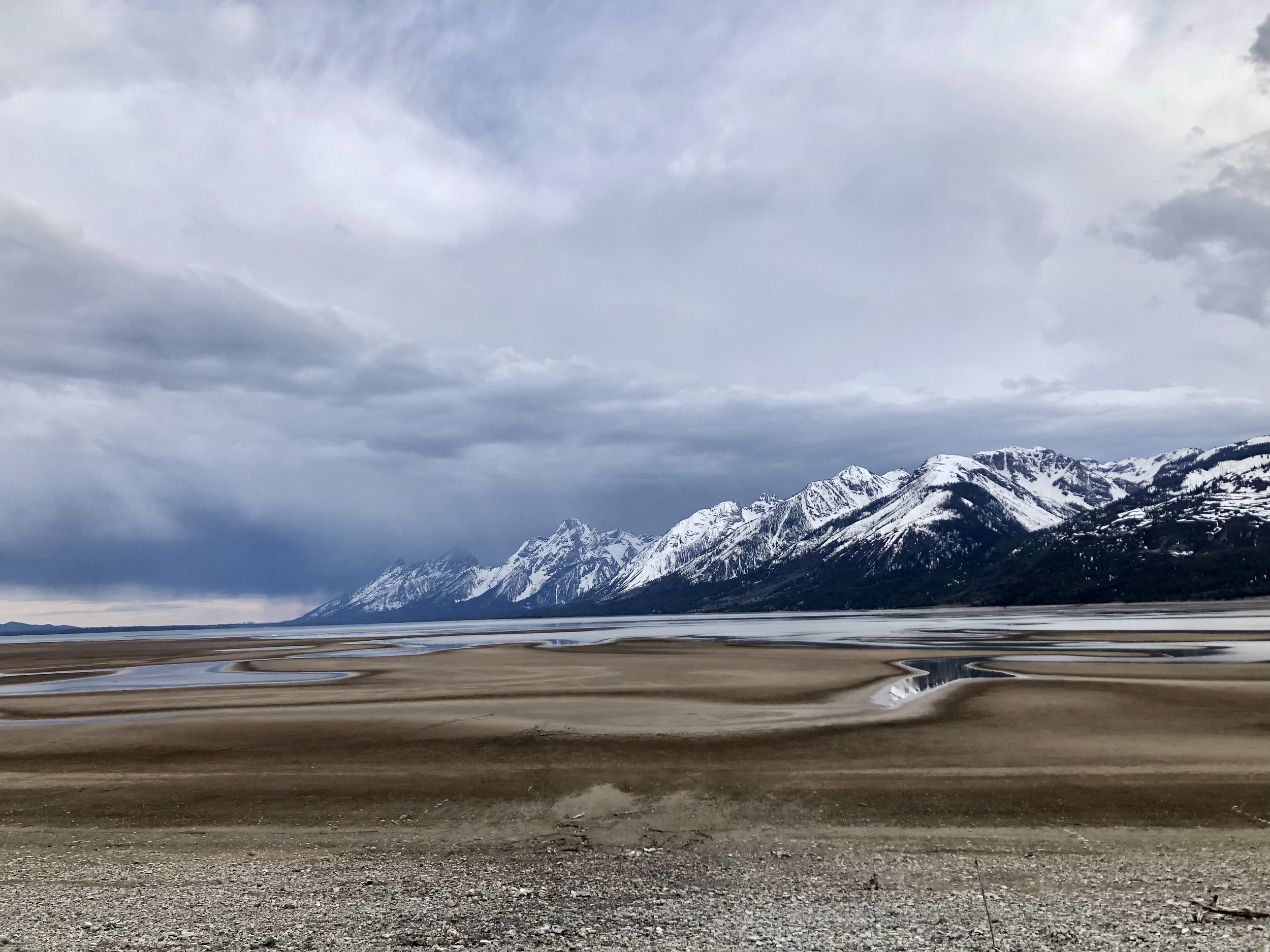
Ride Recap
2 months. 3100 miles. 119,000 feet of climbing.
All on a bicycle.

Follow the Ride on GPS Tracker STRAVA.
The Route.
Bike packing June-July. Southeast to Northwest.
Start with a vision. Pursue it with passion. Lead with heart.
Together we can change the world.
Destinations.
Wind River Reservation
Destination #1. Located on the Eastern side of the Wyoming Rocky mountains are the high plains of the Wind River and the current home of the Eastern Shoshone, and Northern Arapaho Tribes. Originally established in 1868, the Fort Bridger Treaty Council restricted the tribe from a territory of over 44 million acres down to 1.8 million, and after the General Allotment Act of 1887, like on most reservations, parceled out the remaining land and sold portions off to non-Indigenous settlers. Decades before the Wilderness Act of 1964, the Tribes were well ahead of colonial conservation, establishing a 180,000 acre roadless area, eventually re-establishing populations of elk, moose, bighorn sheep, pronghorn antelope, mule deer, whitetail deer, and in 2016, American Buffalo.
Morton, Wyoming
Blackfeet Reservation
Destination #2. Also located on the Eastern side of the Rocky Mountains, where the high peaks of Glacier National meet the rolling high plains of Central Montana is an area which is now called the Blackfeet Reservation. Unlike the hunting based conservation which historically has focused on increasing populations of ungulate species such as deer, the Blackfeet, and other Tribes have traditionally always managed wildlife as an ecosystem. Seen as a threat to westward expansion, wolves, grizzlies, and Buffalo, were largely extirpated across the United States in the early 20th century. Today, all are abundant on the reservation due to rewilding and Tribal land management practices.
Browning, Montana
Flathead Reservation
Destination #3. Like most stories of reservation land, the creation of the Flathead Reservation is dubious and convoluted, with federal land-grabs, genocide, and tension. Although Native Americans have lived in what is now considered Montana for over 14,000 years, it wasn’t until 1975, under the Indian Self-Determination and Education Assistance Act, that the Tribe was able to begin taking back control of land management, human services, and law and order. In 1908, the legacy of stolen land continued when the federal government established the National Bison Range in the middle of the reservation without consent. Only recently has this Bison Range been allowed management from the Tribes. They lead in conservation as a role model for land management with projects such as Buffalo rewilding, waterway restoration, and highway animal crossings.
Pablo, Montana
Nez Perce Reservation
Destination #4. The original “We the People,” or Nimiipuu, coined Pierced Noses or Nez Perce, by French trappers in the late 18th century once held claim to 17 million acres, made up of the Wallowa Valley, much of Idaho and the Southeastern Washington. Like other Plateau Tribes, the Nez Perce had seasonal villages, followed recurring weather patterns and always returned to the same locations each year. In the 1800s, they were pursued by over 2000 US soldiers for over 1100 miles across four states and several mountain ranges. Hin-mah-too-yah-lat-kekt, also known as Chief Joseph, was forced to surrender with the remaining Tribal members in Montana, 40 miles from the Montana border. Today, due to the loss of Tribal lands, the population on the current reservation is nearly 90% white. Despite unbelievable atrocities, the Nez Perce are gritty, resilient people who are at the forefront of rapid solar evolution and storage technologies, providing a Tribal collective with green energy for environmental restoration and energy independence.
Lapwai, Idaho

Interact with us.
Questions? Comments? Concerns? Reach out.
We grassroots and are very small, so bear with us if we take a while getting back to you.
Headquarters:
Albany, Oregon, USA, Earth. :)
Send Mail To:
The Northwest Hub 1230 Broadway St. Ne. 97301 Salem, Oregon
Photo Courtesy of US NPS










